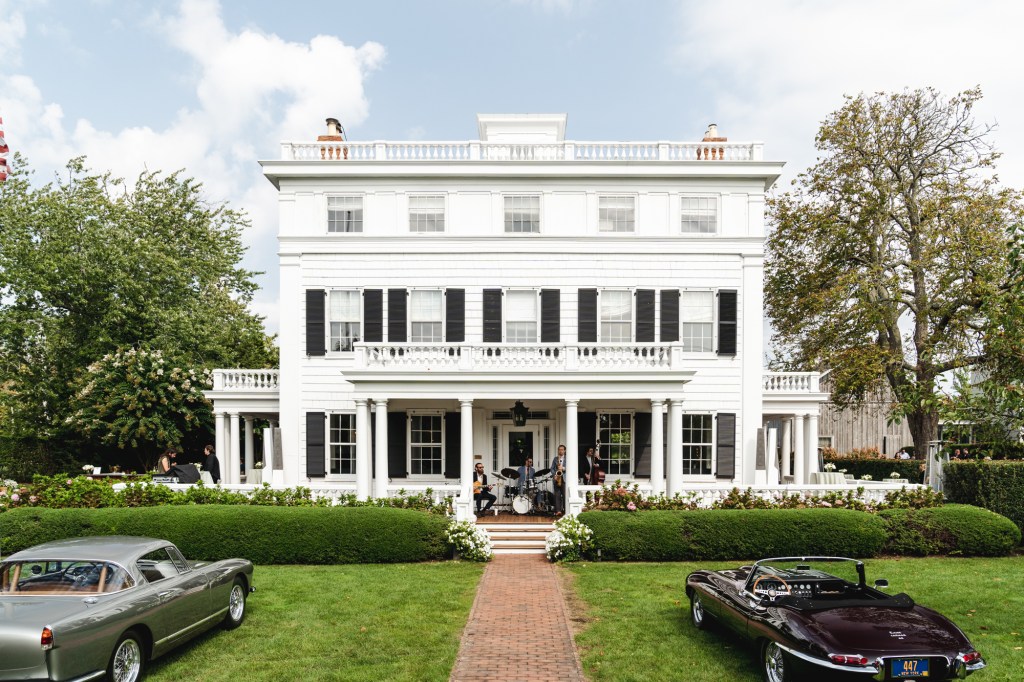Subway Gratings, East Hampton on Botched Sanctuary City List

As you probably know, Hampton Township is making a very big deal about providing adequate ventilation for the Hamptons Subway. Air is supposed to circulate down to the platforms at the 24 station entrances and then back out through a series of metal gratings up in the ceilings that sit at ground level on sidewalks, lawns and woods throughout the Hamptons.
For many years — the subway was built in 1927 — there has not been a problem about this. But beginning early last year, people who work for the subway began to experience stale air and breathing problems, particularly in some of the many warehouse spaces that open out along the walls of the tunnels between the stations.
Soon it was found that the airflow was being blocked by private homeowners who, seeing the gratings on their lawns, have had their gardeners cover them over with sod, not only so nobody would trip over them, but also to muffle the sound made by the trains as they rumble by down below. Local residents, of course, have long since known to leave the gratings uncovered. But with the population growth in the Hamptons, particularly among the wealthy summer people, much that was once woods or farm fields have become front and back lawns of large estates.
It all came to a head this past April when for the first time, some of the subway riders began to experience headaches and breathing problems on the Bridgehampton platform. Workmen on the system saw that some gratings overhead had been covered over with sod, and reported it to their superiors. Soon, subway security people were sent out. After identifying themselves and being allowed to enter through the gates of these homes to knock on doors only to be told a man’s home is his castle and to get the hell off the property, the subway security people executed a quick retreat.
As a result of this, town officials for the first time studied the plans for the subway, drawn up in 1925 when this place was all farming and fishing, to determine the exact locations of the gratings. However, the plans were incomplete. They did locate some of the gratings, so they went around to all the affected homeowners. Though many people were receptive when told to be mindful of the gratings, others said they would, but then didn’t. Further, some said outright that they would not attend to the gratings on their property, and would not let others in to do it either. They’d only open their properties to workmen who had been sent to move the gratings elsewhere. This is, of course, not possible because they need to be where they are to work.
And that’s why, in May, town officials passed a law making it a violation to cover up any subway gratings in that community with penalties for not doing so ranging from $100 to $500 a day and with possible jail time of 30 days. And soon almost all the other communities did too.
“We are tired of how some of these new people behave,” said Mayor Joseph Connelly, who just got re-elected to his fifth term. “This has had to be done.”
On the other hand, three lawsuits have already been filed by homeowners objecting to officials invading their property, and there are legal rights in place to protect all homeowners from such behavior. Two of the lawsuits have been filed from Cannes, France. And another is from Santa Barbara, California.
While the new law is in limbo — the homeowners got an injunction barring its being put into effect while it is going through the courts — all residents, especially new residents, are being urged to voluntarily walk their properties and look for subway gratings themselves, or have their landscapers or gardeners do it, then report newly found gratings, particularly gratings covered with sod, to the authorities. They are exactly 3 by 5 feet in size, may look like drainage or sewer gratings, and you will be able to tell the difference because with one you can hear the sound of an occasional train, and with the other, they smell bad, particularly after a rain. To be sure the grating is a subway grating, look for raised lettering on the top which, in small print, reads “NYC LEX.” (They were originally part of the Lexington Avenue Line in Manhattan. It’s a long story.). Take photos, take a tape measure and locate the grating’s distance from your property line, and bring these items to town hall to have them added to the map. And for goodness sake, kick or shovel away any sod. It’s the law.
Now the above story may or may not be true, but the following story is absolutely true.
THE BOTCHED SANCTUARY LIST
Two weeks ago, the federal government published a list of sanctuary cities. If your city was on the list, you had to contact the Department of Homeland Security and get told of behaviors you would have to change. You’d have to be more like cities that were not sanctuary cities.
On the list was East Hampton, New York.
Well, which East Hampton? There are two different East Hamptons. One is East Hampton Town. The other is East Hampton Village. Could they be referring to one rather than the other? If so, which one?
Naturally, officials at each pointed to the other: You have to call — no, you have to call. Could they have meant both? Clearly, they didn’t mean neither.
At some point, someone did call. They got through, but they couldn’t get a straight answer. Nobody seemed to know which East Hampton was the problem. And nobody could tell them what behavior modification requirements were necessary.
Two days later it was announced that East Hampton had been removed from the list. So we could give a pat on the back to whatever local official got this to happen.
Well, it turned out there was no local official who got East Hampton off the list. The list itself, which had been put up on the DHS website, had been taken down in its entirety, so there was no more list to get off of.
Speculation now is that the list was removed because so many people at the DHS have been fired, there aren’t enough people left to create the document showing the behavior modification requirements.
And so it goes.









